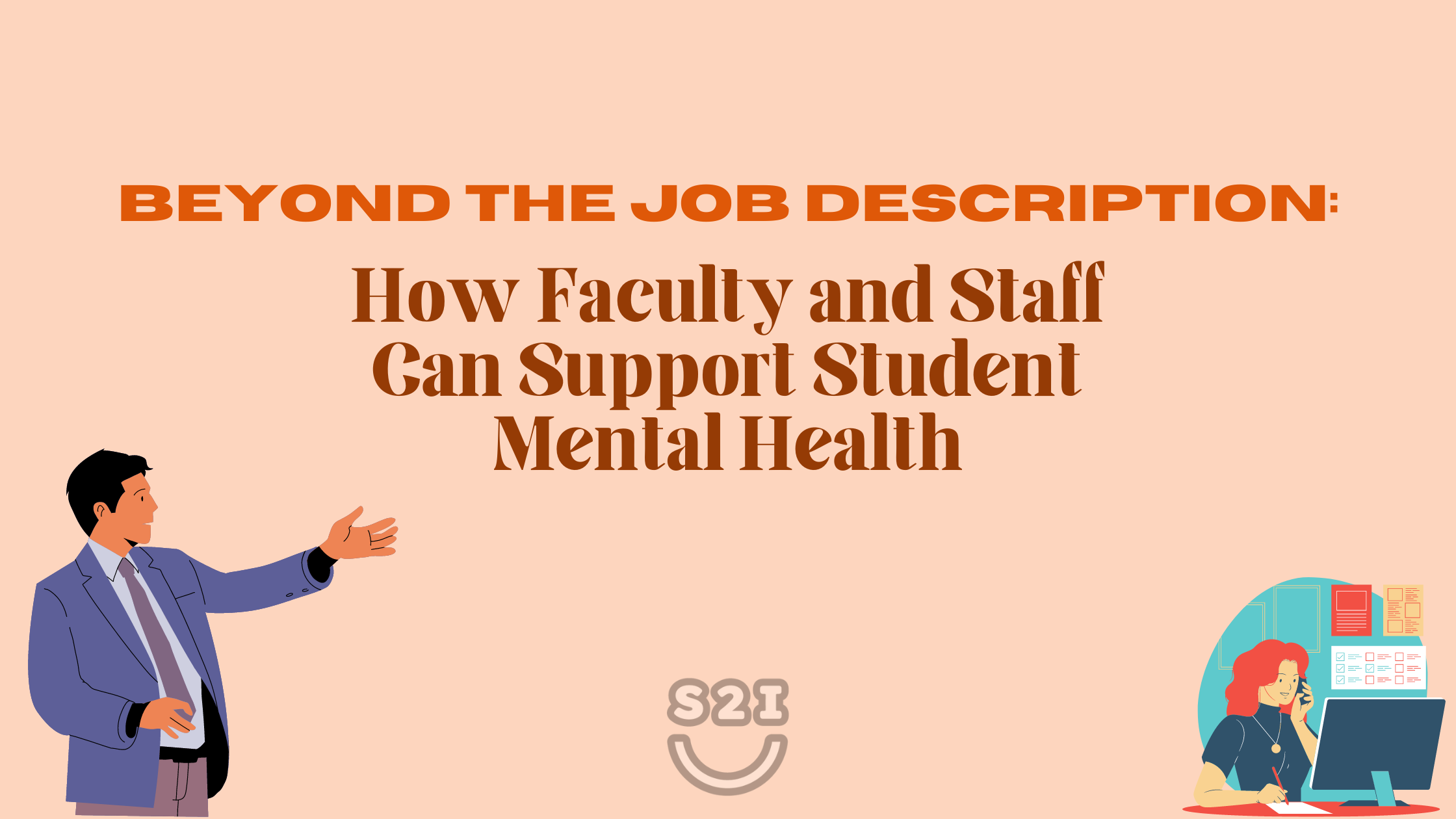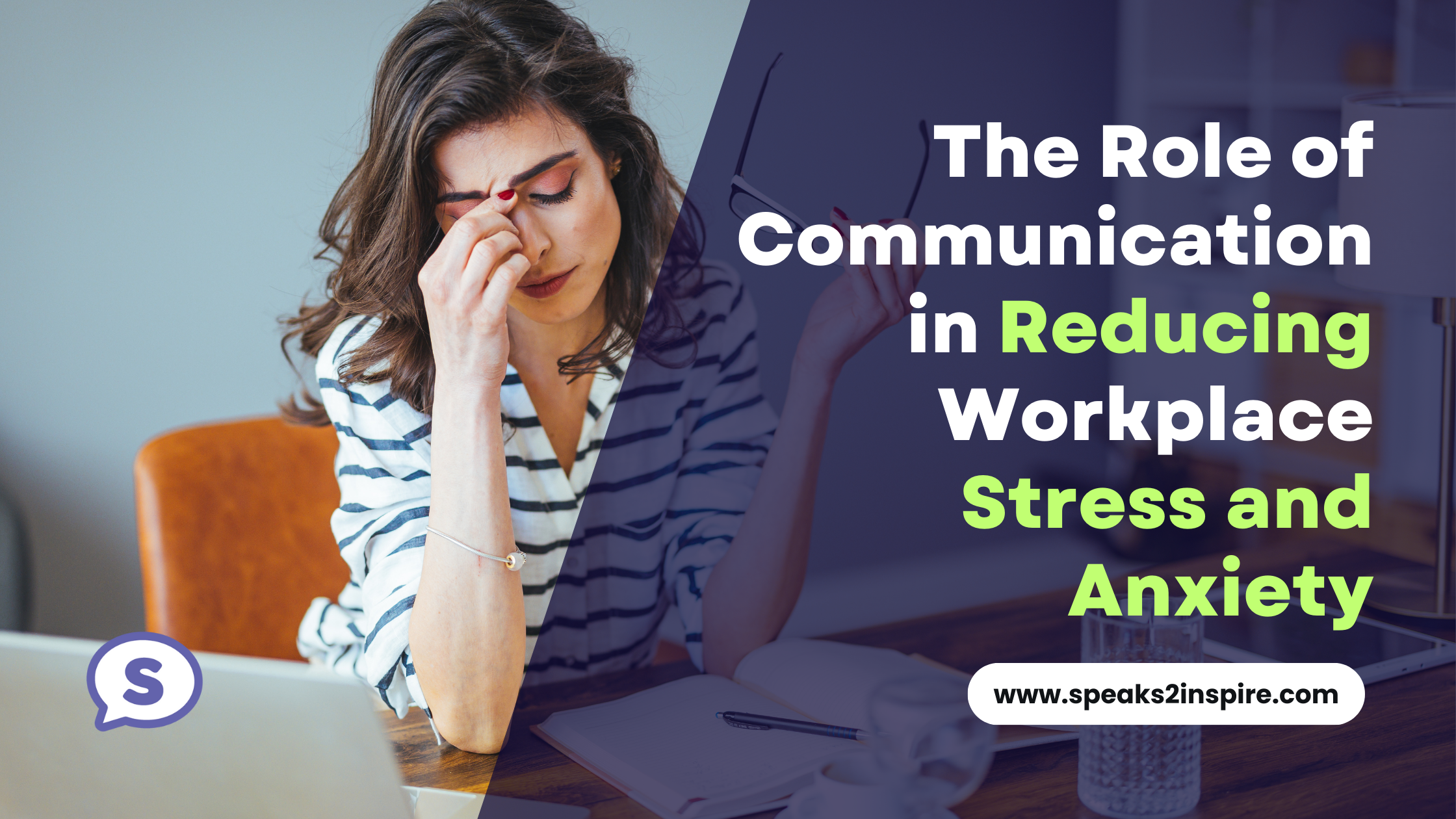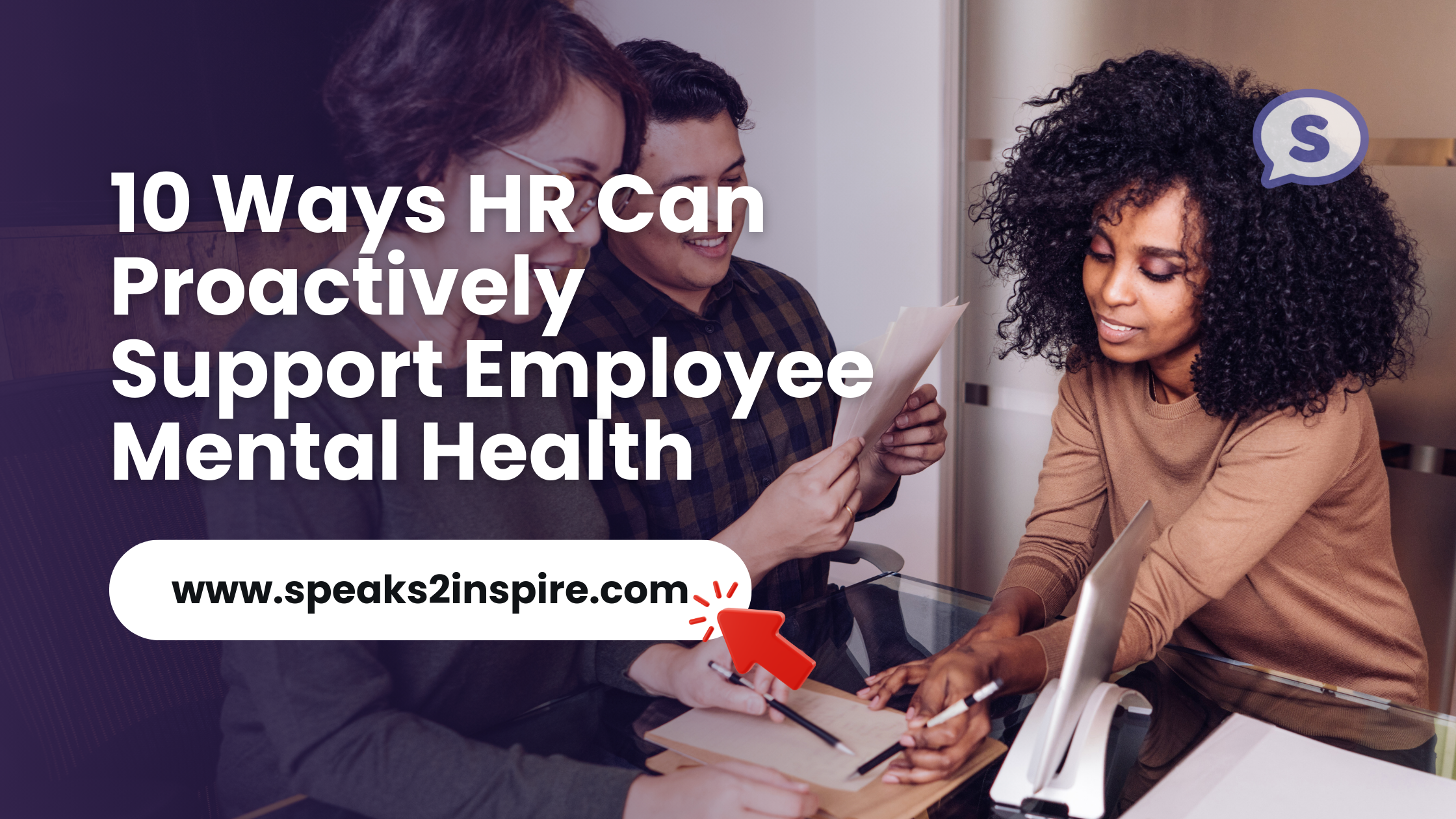This blog was written by Abraham Sculley, Founder, Speaks 2 Inspire:
It seems like the COVID-19 pandemic has pushed every industry to its limit, and the world of education is no exception. Students are struggling with mental health challenges at unprecedented levels and faculty burnout has led to widespread staffing shortages.
With educators, administrators, and support staff stretched so thin, it’s difficult to simply do the job – much less make positive strides for mental health. What role are mentors expected to play right now?
According to a recent survey by the JED foundation, 82% of college students deal with anxiety and 63% struggle with depression. Young adults need our help now more than ever. One thing is clear: going beyond the literal job description can save lives.
-
Connect through culture.
Peer-to-peer support is crucial. According to an Active Minds survey, 67% of college students are more likely to tell a friend that they’re struggling with mental health before anyone else. As a mentor, you can encourage students to maintain on-campus connections and help prevent social isolation.
– Support a student-athlete by attending their game.
– Encourage artists and musicians by showing up to their shows.
– Share a weekly calendar of on-campus events.
– Ask students about their clubs, study groups, and social plans.
– Host weekly meditation or mindfulness classes.
-
Create a sense of normalcy.
The Omicron variant is changing COVID policy day by day with last-minute school closures and distance learning plans. This constant uncertainty takes a toll on school mental health, but you can help students feel more secure during the transition.
– Schedule brain breaks and time for casual chit-chat
– Foster open, honest conversations to create stronger communities
– Communicate backup plans early and provide choices, if possible
– Encourage peer discussions, collaboration, and judgment-free sharing
– Receive training to recognize the signs of mental illness, which might look different online
-
Offer accommodations.
A 2012 report by the National Alliance on Mental Illness (NAMI) found that 64% of college dropouts stopped attending because of mental health challenges and 45% did not receive accommodations. Students and staff are forced to adapt to last-minute changes, so why aren’t they offered the same flexibility and understanding in return?
– Explicitly define what accommodations are available to students
– Stop requiring ‘proof’ of illness and limiting access to accommodations
– Set up and promote extra tutoring or mentoring services
– Promote on-campus resources and normalize conversations about mental health
– Increase access during drop-in office hours and require mid-term check-ins
-
Put your mask on first.
Your oxygen mask, in this case. It’s important to recognize that you’re working through a challenging situation too. Commit to your own self-care, set a goal to prioritize your wellbeing, and demonstrate more effective coping skills for students.
Honest conversations are the key to erasing social stigma. Sharing personal stories can help students see that they are not alone.
Looking for more ideas? Click here to download our free mental health guide with 14 strategies to support students during the pandemic.
Connect with the writer, Abraham, on LinkedIn.
Contact us to learn more about our programs for colleges and universities.
Join our newsletter for more content, event notifications, and S2I updates.
Was this post valuable? Share it on your social media platform!




